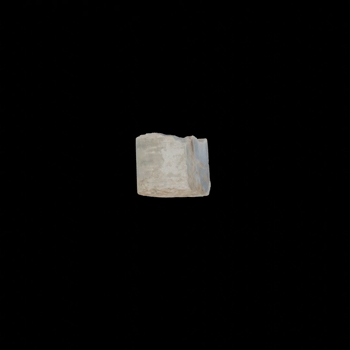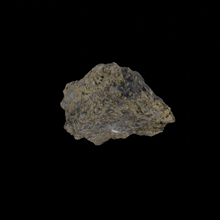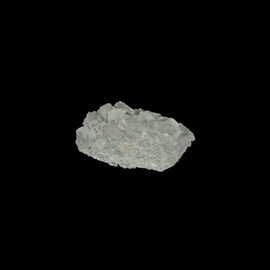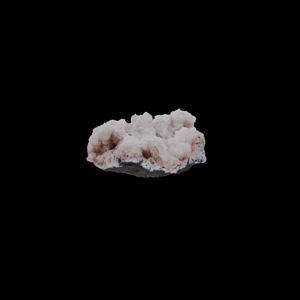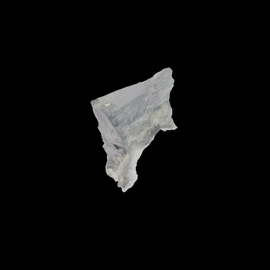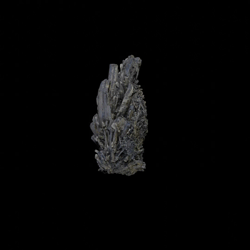
MUSEUM-
EDUCATIONAL
COMPLEX
EDUCATIONAL
COMPLEX
A platform for interactive study of rocks and minerals. The project contains information about the museum's collections and exhibits with the ability to explore them in a virtual space
Digitized rock samples, historical and scientific data on the geology, geography, and origin of minerals
- Combines a variety of resources and modern multimedia technologies
- Actively engaged in educational and outreach work
- The multifunctional complex is located in the historic building of the Mining Institute

RHODOCHROSITE

ORPIMENT


SULPHUR
HALKANTIT
Gallery

Extensive collection of valuable samples
of crystals, minerals, and rocks
of crystals, minerals, and rocks
Online exhibit with
panoramic photos and 3D tour
panoramic photos and 3D tour
Excursion

Interactive map
of mineral extraction
of mineral extraction
Map

COLLECTION
MINERALS
MINERALS
A digital twin with an interface
based on computer vision
and image processing technology
based on computer vision
and image processing technology
Authenticity

Cross-platform service
available on any device:
from a phone to a VR headset
available on any device:
from a phone to a VR headset
Inclusivity

Cloud computing with interactive
viewing of 3D models and
panoramic images
viewing of 3D models and
panoramic images
Immersiveness

VIRTUAL
EXCURSION
EXCURSION
- In the structure of the organization
there are:scientific library,
exposition and exhibition area
area 240m2, storeroom
storage room 80m201 -
The museum's exposition
are represented:
collections on the main mining regions of Russia and neighboring countries (Ukraine, Kazakhstan, Uzbekistan, Turkmenistan, Tajikistan, Azerbaijan, Georgia), there is a separate showcase devoted to Antarctica02 -
Main sections
exposition:
Educational collections on the systematics of crystals, minerals and rocks; minerals and rocks of the former USSR regions; articles of decorative stone and synthetic minerals03
Mines
Quarries
Drilling



MINERAL
DEPOSIT
DEPOSIT
COLLECTION INCLUDES
12,000 SPECIMENS
12,000 SPECIMENS
of which the main collection is more than 6,300 items.
The most unique and valuable collections:
The most unique and valuable collections:
- 36 storage itemsColored Stones of Moscow Region
from the collection of G.G. Vallarovich - 28 storage itemsSeaside minerals
Hibia and Lovozero - 30 storage itemsMinerals of Antarctica,
samples of frost weathering
Thanks for the informational support of the project:
Ilya A. Melnichenko, Ph.D., Assistant professor of the Department of Geology and Surveying
Alexander E. Korolkov, Chief Curator of Funds
Ilya A. Melnichenko, Ph.D., Assistant professor of the Department of Geology and Surveying
Alexander E. Korolkov, Chief Curator of Funds
Obtaining a one-time pass
is at the registration desk
is at the registration desk
How to get in?

Moscow, Leninsky Prospekt, 6
museum@misis.ru
museum@misis.ru
Address

+7 (499) 237 86 18
+7 (495) 638 45 19
+7 (495) 638 45 19
Phone

CONTACTS


